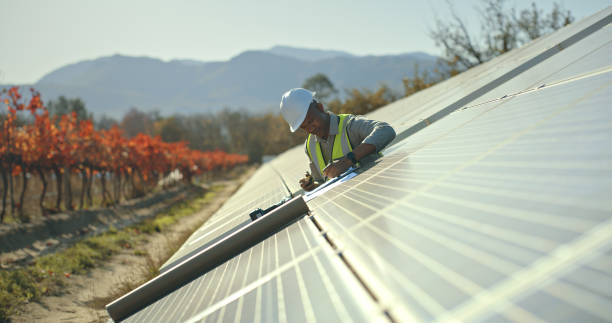Construction on the second phase of the $59m Solar Energy Transformation Project (SETuP), which will connect remote communities between the Tiwi islands and the border with South Australia, has begun.
The Australian Renewable Energy Agency, on behalf of the Australian Government, announced previously $31.5 million in funding for SETuP. This was jointly funded by Northern Territory (NT) Government and administered by Power and Water Corporation.
Tranche Two will be rolled out in 17 more communities from Finke, near the border with South Australia, to the Tiwi Islands.
Solar PV systems will be combined with diesel generators on 15 sites, including the Tiwi Island Community of Wurrumiyanga. This system will eventually supply electricity to 3 Bathurst and Melville Islands communities via an interconnection.
The Setup Program will add 10 MW of solar photovoltaic energy to the energy mix in 28 remote communities off-grid across the NT upon completion of Tranche 2.
Tranche One was implemented last year in 10 remote Indigenous Communities.
In April, Daly River became the first remote Northern Territory community to be powered partially by solar and battery. A 2MWh lithium-ion battery, with a peak output of 0.8 MW, was installed along with 3,200 solar panels. Daly River’s 50% solar energy is an excellent example of what other communities can achieve in the future.
Ivor Frischknecht, CEO of ARENA, said Tranche Two will complete this ambitious project. It will bring renewable energy to communities off-grid and offshore.
“As the biggest roll-out of solar PV in remote communities, this achievement has taken four years to achieve and is one that ARENA supports with great pride,” said Mr Frischknecht.
This project will create jobs in remote communities and reduce the dependence on diesel fuel which is expensive and volatile in price. It also provides renewable energy that can be expanded further in the future. As the cost of renewable technologies falls, each community will be ready on a technical and operational level to add more solar power and storage. This could lead to a very high percentage of renewable energy due to falling costs.
Michael Thomson, the Chief Executive of Power and Water, said that this project shows how renewable energy can deliver reliable power in remote communities with high energy costs and demand.
It is economical and environmentally sound to reduce our dependence on diesel fuel at remote locations. These hybrid systems combine existing Power and Water Resources with clean technologies to provide service while saving 15 percent on diesel fuel.








